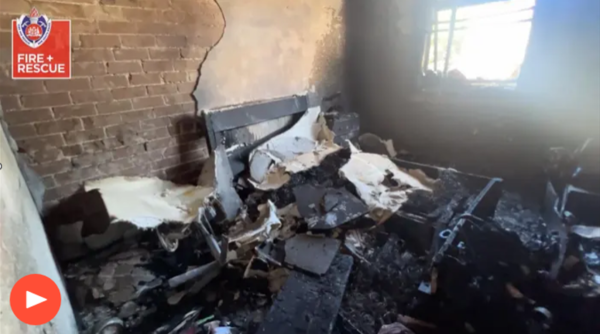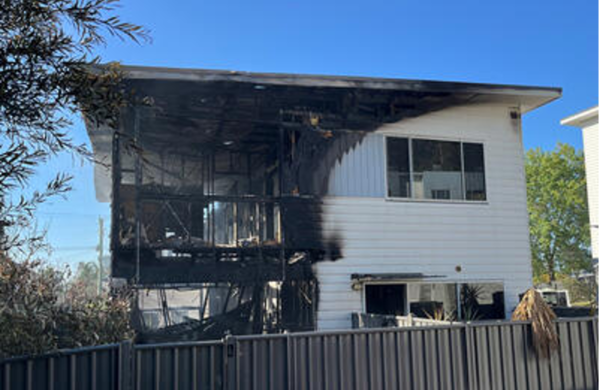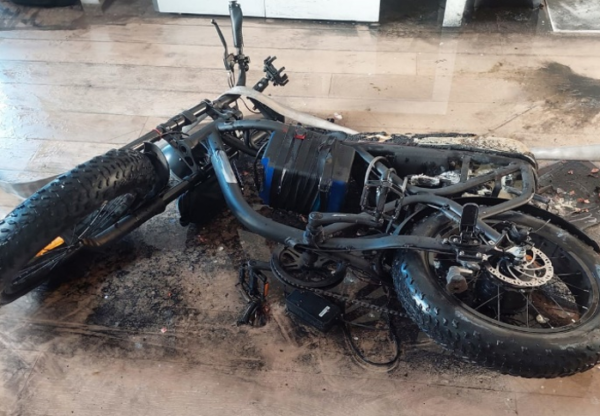Lithium Batteries Causing fires in NSW and abroad – What should strata schemes do?
Posted 19 March 2024
Category: Strata
Dealing with Litium-Ion Batteries in Strata
There have been many articles published recently in relation to fires arising out of issues with lithium-ion batteries. In 2023 upwards of 269 incidences have been reported, resulting in 38 injuries with Fire and Rescue NSW describing the issue as “the fastest growing fire risk in New South Wales”.
Issues arise with Lithium-Ion batteries when they enter “thermal runaway”, which is where (in lay terms), due to an issue within the battery, it overheats, which triggers a chemical reaction within the battery itself that causes it to get hotter and hotter. Due to the reaction creating the heat, it is also much harder to extinguish, and risks re-igniting.
The issues with thermal runaway are significant, as summarised by Fire and Rescue NSW, including:
- A greater fire intensity often accompanied with the violent ejection of vapours and other materials;
- exposure to toxic and corrosive vapours, gases and fire effluents;
- increased risk of vapour explosion in confined environments;
- stranded electrical energy from energised high-voltage battery cells;
- protracted processes for extinguishing and cooling the reaction;
- the risk of secondary ignitions following the initial event;
- difficulties rendering the site safe;
- the containment of contaminated fire water; and
- issues with handling, transporting, and disposing of fire-affected batteries.
Some recent examples of issues with multi-dwelling buildings include:
A fire in an apartment in North Bondi in January resulting in one injury:

| Credit: NSW Fire and Rescue |
Another in a townhouse in Teralba NSW in March, where there were two deaths:

| Credit: NSW Fire and Rescue (PR Handout Image) |
Residents were also evacuated from a 10-storey apartment block in Bankstown in March when an e-bike caught fire on the third floor, injuring one.

| Credit: NSW Fire and Rescue |
Lithium-ion batteries are increasingly present within strata schemes, including via common items such as e-bikes, electric scooters, mobile phones, portable computers, tablets, power tools.
The issue also arises in electric vehicles and charging stations, with an EV charging station catching alight at Berkeley on the Central Coast in March 2022. Fire aboard a ship carrying luxury cars, blamed on an electric Porsche is now the subject of substantial litigation.

Given their prevalence in strata, this is a real and significant issue for strata scheme, including:
- How this impacts insurance going forward:
-
- Insurers are currently investigating how this issue affects their coverage.
- Like with cladding some strata insurers are now requiring disclosure.
- Following an event in a strata scheme you can expect some insurance increases or exclusions to follow in the short term.
- The Owners Corporation can’t recover an increase in premium from an owner unless the premium increase is associated with a change of use of the lot, possession of a lithium-ion battery will not be sufficient.
- How the owners corporation can regulate the presence and use in a strata scheme:
-
- This will primarily be via general rules by-laws, however the extent to which a by-law can regulate the use and enjoyment of lot property is limited.
- As a starting point, these should capture the recommendations from Fire and Rescue NSW:
-
-
- Make sure a smoke alarm or heat alarm is working in rooms where batteries are charged or stored.
- Charge batteries on hard surfaces that can’t catch fire like concrete floors or tiles. Don’t charge them on surfaces like beds, sofas, or carpet.
- Large batteries like the ones used in e-scooters, e-bikes, and power-tools, should only be charged in the garage, shed or carport, away from living spaces and exits.
- Do not charge batteries when sleeping or not at home.
- Once the device has a full battery, disconnect it from the charger.
- Never use and charge devices at the same time in bed. Devices like phones, tablets and vapes can overheat and catch fire when left on blankets, sheets, and clothing.
- Don’t use and charge batteries that are swelling or bulging, leaking, or overheating. Don’t use and charge the device if it is cracked, dented, punctured, or crushed.
- If the charger didn’t come with the device or battery don’t use it. Only use approved chargers to charge your battery.
- Just because the plug fits, it doesn’t mean it’s compatible.
- Only use chargers that show the Australian Regulatory Compliance Mark Tick.
- Charging a device or battery with the wrong power output (voltage and current), can cause damage to the battery and overheat it which can cause a fire.
- Lithium-ion batteries can not be placed into home garbage or recycling bins. They can cause fires during waste collection, transportation, handling and processing.
- Small, undamaged batteries (not swollen, punctured, or leaking, etc.) can be safely disposed of at a battery recycling drop off point. It is recommended that battery terminals are taped over with clear adhesive tape before placing the battery carefully (without dropping it) into a battery recycling collection bin.
-
- c. Any restrictions will need to be carefully considered to balance safety against the protections under the Strata Schemes Management Act 2015, which prevent a by-law from being harsh, oppressive or unconscionable.
- d. Enforcement of the by-law will also be an ongoing matter in order to ensure that the by-law is effective.
- What works are reasonably required to make the presence and use “safe”:
-
- The Building Code of Australia (BCA) has not been amended to directly address the situation of lithium-ion batteries specifically, so the current compliance requirements are not targeted.
- As such, the requirements are more in relation to fire separation, or more generic requirements to address “special hazards”.
- Certain industry bodies are starting to circulate guidance material in relation to addressing the above issue, but there remains a substantial degree of uncertainty as to the extent of intervention necessary to address the current safety issues.
The above is a complex area of significant safety concern. Specialist advice is recommended to be obtained by the Owners Corporation in relation to the issues identified. If you would like assistance, advice or a by-law in this area, please contact our team of strata specialist lawyers on 02 9929 0226 or at enquiries@bannermans.com.au.
For more information regarding Lithium Battery Fires, watch Bannermans Lawyers ‘Lithium Battery Fires: A Rising Cause of Concern’ webinar to learn about the growing risks and safety measures associated with lithium battery incidents.
Related Article
Harsh, unconscionable or oppressive Pets By-Laws
[1] NSW Fire and Rescue Lithium-ion battery safety campaign kit
[1] NSW Fire and Rescue SARET Research
[1] NSW Fire and Rescue Lithium-ion battery safety
[1]NSW Fire and Rescue Battery and Charging Safety Fact Sheet
[1]NSW Fire and Rescue Electric Bike and Scooter Charging Safety Poster
***The information contained in this article is general information only and not legal advice. The currency, accuracy and completeness of this article (and its contents) should be checked by obtaining independent legal advice before you take any action or otherwise rely upon its contents in any way.



